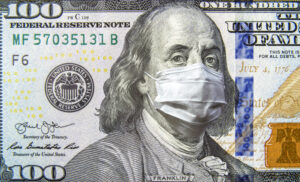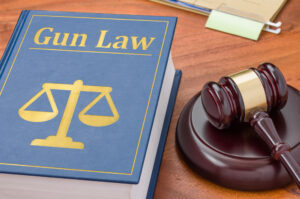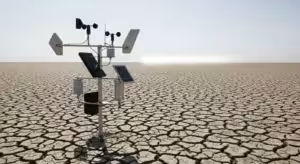
Nuclear bombs’ measuring system
The destructive power of nuclear weapons is known as explosive yield, and it can be measured in TNT equivalent (kilotons or megatons). The bomb that was dropped on Hiroshima had 13 to 18 kt, while the one that was dropped on Nagasaki was 20 to 22 kt.
The most destructive nuclear weapon that was ever detonated was Tsar Bomba, a hydrogen bomb owned by the Soviet Union, in 1961. The bomb had a massive yield of 50,000 kt, which is around 4,000 times more destructive than the bomb used on Hiroshima.
Plus, it had a destructive radius of 15 miles. The largest nuclear weapon that currently exists in the U.S. stockpile, the B83, has a yield of 1,200 kt.
The radioactive fallout: another imminent danger
Besides the explosive yield, the next big and dangerous aspect of a nuclear weapon is its radioactive fallout. Radioactive material instantly attaches itself to dirt and other debris throughout the explosion, and it settles over an extremely broad area.
For those who survive a nuclear blast, the radiation hazard will represent a great danger for years after the attack. In 1950, fallout shelters were made throughout the United States, that provided shelter after such an attack. Even if they wouldn’t provide protection from a direct hit, people could hide in fallout shelters, to escape being exposed while the short-lived radiation expanded everywhere.
Which countries have nuclear weapons?
According to the Treaty on the Non-Proliferation of Nuclear Weapons of 1970, there are five states that are known to have nuclear-weapons states: the United States, Russia, the United Kingdom, France, and China.
There’s no coincidence that these five states are also permanent members of the United Nations Security Council. However, it seems that India and Pakistan also conducted their own tests on nuclear devices. Israel has nuclear weapons, too, but it never officially admitted nor tested them. North Korea is also known to have nuclear bombs, but they currently don’t have any missiles to deliver them.
If you enjoyed reading this article, we also recommend reading: 6 Things From Space That Could Kill Us All






















